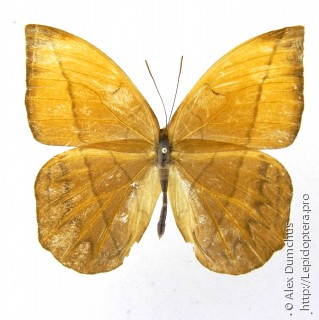Photo #40400: Aemona amathusia
Imago

Click image to enlarge
Base gallery. Upperside. Pinned specimen.
Photo: Alex Dumchus. Image without retouching at the website. Identified by: Dmitriy Pozhogin
Date and time, location shooting/catching: 2015-03-00 00:00:00, Vietnam, prov.Quang Ngai
Comments on this image
Your comment
Please, create an account or log in to add comments.
Other photos of the same specimen
Other photos Aemona amathusia
There is no other images of this species yet.
Please, create an account or log in to upload your photo
News
- 02.03.2025: Moscow Insect Fair: New section on the Insecta.pro Website
- 31.12.2024: Если нужно загрузить на сайт много фотографий
- 10.12.2024: Новое поле в «Поиске энтомологов»
New photos (04.03.2025)
Fresh from the community
- 7:35, V. Kolesnikov: Cylindromyia intermedia ? ...
- 15:47, P. Khramov: The "official" section of the Mosco...
- 14:25, P. Khramov: With the blessing of Pavel and Anat...
Popular insects
Recommended blog topics
- ICZN Election of Commissioners
- Entomologist? What kind of job is it?
- Meantime in Japan
- To the butterflies of Peru













